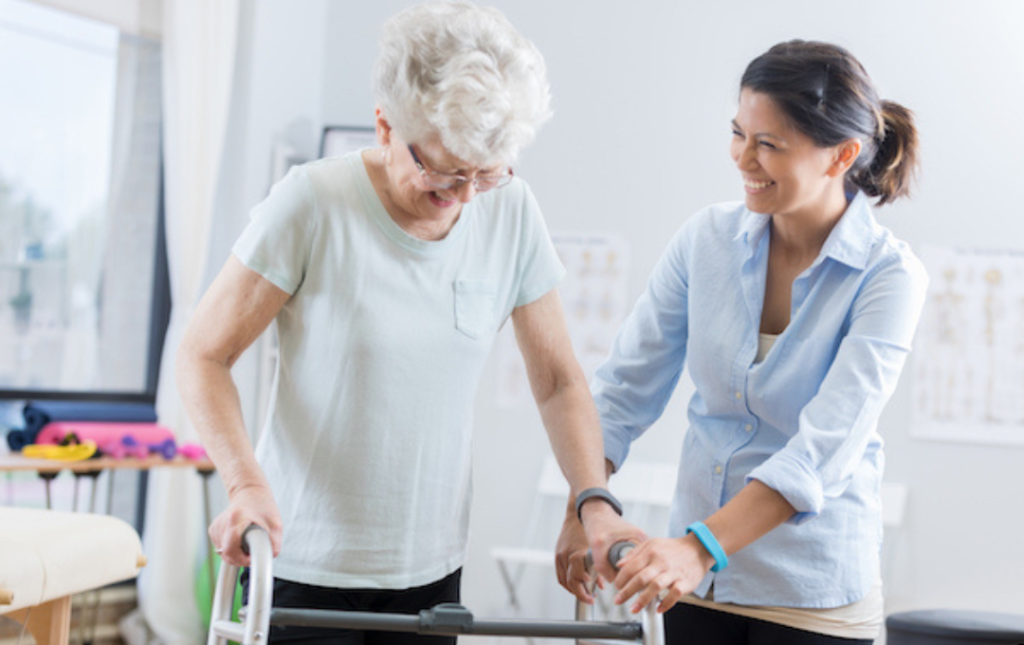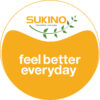A stroke can be a life-altering event, impacting not only the physical but also the emotional and psychological well-being of individuals. For stroke survivors, regaining lost abilities and improving overall quality of life is often a primary goal. Physiotherapy plays a crucial role in stroke rehabilitation, offering a path to recovery, enhanced mobility, and independence. In this blog, we’ll explore the world of effective physiotherapy for stroke patients and share expert strategies for achieving successful rehabilitation.
The Role of Physiotherapy for Stroke Patients
A stroke, often referred to as a “brain attack,” is a life-changing event that can have profound physical, emotional, and psychological consequences. For individuals who have experienced a stroke, the path to recovery often involves a multi-faceted approach that includes physiotherapy. Physiotherapy plays a vital role in stroke rehabilitation, offering hope, improved mobility, and independence. In this comprehensive guide, we will delve into the world of effective physiotherapy for stroke patients, exploring the strategies and expert insights that can help achieve successful rehabilitation and a better quality of life.
Physiotherapy is a key component of stroke rehabilitation and focuses on improving the following aspects:
- Motor Function Restoration: A stroke can result in partial or complete loss of motor function. Physiotherapists work diligently to restore and enhance motor skills, such as walking, balance, coordination, and limb strength. These improvements have a profound impact on a stroke survivor’s ability to perform daily activities independently.
- Mobility Enhancement: Stroke patients often face mobility challenges, including difficulty walking or moving around. Stroke recovery therapy interventions are designed to improve mobility and reduce the risk of falls, ultimately promoting a more active and fulfilling lifestyle.
- Functional Independence: Regaining the ability to perform essential daily tasks, such as dressing, bathing, and feeding oneself, is a primary goal of stroke rehabilitation. Physiotherapists create personalized treatment plans to help stroke survivors achieve greater autonomy and self-confidence.
- Pain Management: Many stroke survivors experience pain and discomfort, which can hinder their rehabilitation progress. Physiotherapists use various techniques, including manual therapy, therapeutic stroke rehabilitation exercises, and modalities like heat and cold therapy, to manage pain effectively.
- Neuromuscular Reeducation: Stroke often disrupts the brain’s ability to communicate with muscles, leading to weakness and coordination issues. Physiotherapy focuses on retraining the nervous system to improve muscle control and coordination.
- Adaptive Strategies: Physiotherapists teach stroke survivors adaptive strategies to compensate for any permanent impairments. These strategies may involve using assistive devices or modifying the environment to enhance safety and independence.
Now, let’s delve into the expert strategies and insights that make physiotherapy an effective tool in stroke rehabilitation:

Expert Strategies for Effective Physiotherapy for Stroke Patients
Expert strategies that empower stroke survivors to navigate the path of effective physiotherapy, stroke rehabilitation, and mobility and hope along the way, include:
- Early Intervention: The importance of beginning stroke survivor physical therapy as soon as possible after a stroke cannot be overstated. Early intervention maximizes the potential for recovery and minimizes the risk of complications. The first few weeks following a stroke are often referred to as the “golden hours” for rehabilitation.
- Comprehensive Assessment and Goal Setting: Stroke survivors embark on unique journeys of recovery. A comprehensive assessment by a skilled stroke recovery physical therapist is crucial to determine individual strengths, weaknesses, and rehabilitation goals. Setting realistic and personalized goals ensures that treatment is tailored to the patient’s specific needs and aspirations.
- Regular Monitoring and Adjustments: Stroke recovery is a dynamic process. Physiotherapy programs should be regularly reviewed and adjusted to reflect the patient’s progress and evolving needs. Ongoing communication between the patient, their family, and the physiotherapist is essential.
- Task-Oriented Training: Stroke rehabilitation often involves task-oriented training, where patients practice specific tasks they want to improve. This approach focuses on real-world activities and can be highly motivating, as it directly addresses the skills needed for daily life.
- Constraint-Induced Movement Therapy (CIMT): For stroke patients with limited movement in one limb, CIMT can be an effective strategy. CIMT involves restraining the use of the unaffected limb to encourage the use and recovery of the affected limb. It can lead to significant improvements in limb function.
- Technology-Assisted Rehabilitation: Advancements in technology have revolutionized stroke rehabilitation. Innovative tools and devices, such as robotic exoskeletons, virtual reality, and motion-sensing technology, can enhance the effectiveness of neurological physiotherapy for stroke by providing engaging and targeted stroke rehabilitation exercises for the elderly.
- Family Involvement: The support and active involvement of family members and caregivers are invaluable in stroke rehabilitation. They can assist with stroke recovery exercises, provide emotional support, and help implement strategies learned in therapy. Family participation creates a robust support network.
- A Holistic Approach: Physiotherapy is just one facet of stroke rehabilitation. A holistic approach that includes speech therapy, occupational therapy, psychological support, and nutritional guidance can address the full spectrum of challenges faced by stroke survivors.
- Home Exercise Programs: Physiotherapists often design home stroke recovery exercises at home programs to reinforce the progress made in therapy sessions. Consistent adherence to these programs can accelerate recovery and promote independence.
- Persistence and Patience: Stroke rehabilitation can be a lengthy process, and progress may be slow at times. It’s essential for both the patient and the therapist to remain patient and persistent in pursuit of rehabilitation goals. Small victories should be celebrated as they contribute to the overall progress.
Conclusion
Best physiotherapy for stroke patients is a guiding light on the path to recovery for stroke survivors. By understanding the vital role of physiotherapy for stroke patients and implementing expert strategies from professional experts like Sukino Healthcare, individuals can achieve significant improvements in their physical function, mobility, and overall quality of life. The journey to recovery may be challenging at times, but with the dedication of stroke survivors, the support of their families, and the expertise of physiotherapists, the goal of regaining independence and experiencing a fulfilling life after a stroke is well within reach. Stroke rehabilitation is not just about rebuilding the body; it’s about rebuilding hope and a brighter future.
We are India’s first comprehensive continuum care provider. We provide multidisciplinary out of hospital care to acute and post-acute and chronically ill patients at our critical care facilities and your home.


